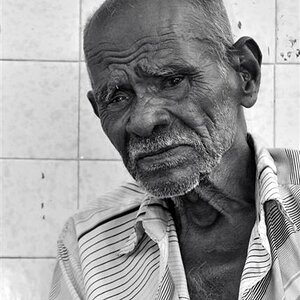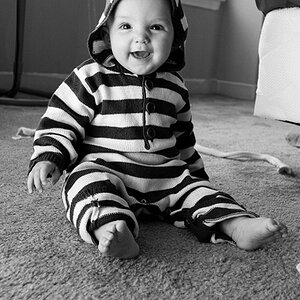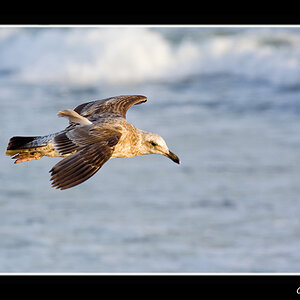umarhant
TPF Noob!
- Joined
- Oct 14, 2011
- Messages
- 2
- Reaction score
- 0
- Location
- Jalandhar, India
- Can others edit my Photos
- Photos OK to edit
I have a d5100 with the kit lens which I bought a ten days back. Now time has come to buy a new lens. I am looking for a 35/50mm f1.8 prime (Preferably 35 since my camera has 1.5 crop factor). I will use it for portraits and landscape photography. I also plan to use it for video recording. VR/IF/VC/OS will be a nice feature for videos. Why can't I find a 35/50mm prime with vr? Can someone guide me for a good lens for videos. Althogh I am new to dslr, I have been using prosumer level video cameras.


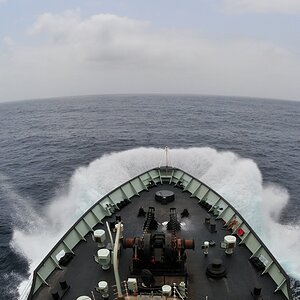
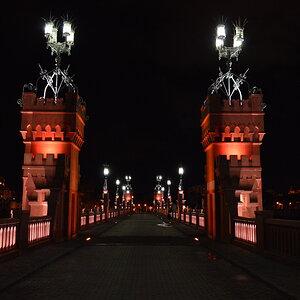
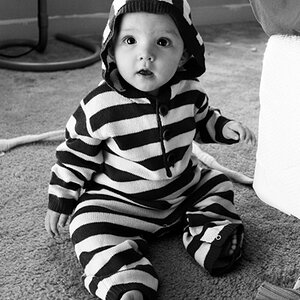
![[No title]](/data/xfmg/thumbnail/41/41492-467958db3420bceb7ab410a12dcc681f.jpg?1619739819)


![[No title]](/data/xfmg/thumbnail/41/41490-6af71315284539e04ae1878cda0d613f.jpg?1619739818)
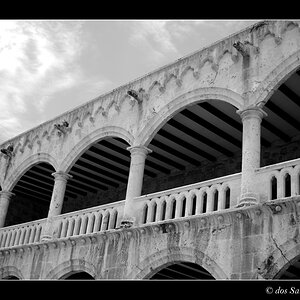
![[No title]](/data/xfmg/thumbnail/30/30874-7f3345ba7c76a7c5fa2570559598531b.jpg?1619734491)
